Introduction to IT Hardware, Computer Hardware for Business
When businesses think about scaling, the conversation often starts with the scalability of software. But behind every piece of software lies a vital element: IT Hardware. Whether it’s office computers, physical servers, networking equipment, or cloud infrastructure, computer hardware for business plays a crucial role in how far and how fast your systems can grow. Without the right hardware strategy, even the best-designed software will struggle under pressure.
In this post, we’ll explore what hardware scalability means, the different ways businesses can achieve it, and why cloud solutions are often the first choice for organisations today. We’ll also look at comparisons between approaches, so you can make informed decisions about your own IT growth path.
What Is IT Hardware Scalability?
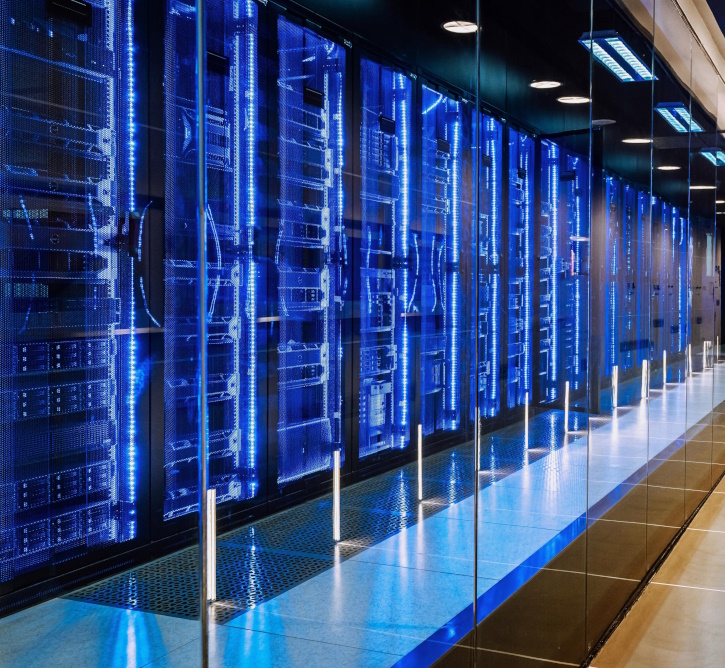
Hardware scalability is the ability of your IT infrastructure to expand (or contract) in response to your business needs. This could mean:
- Increasing storage capacity for larger files and records.
- Adding processing power to handle heavier workloads.
- Expanding network capacity so more staff or customers can access your system at once.
- Scaling servers, either by adding more physical servers or using virtual machines and cloud servers to share the workload more efficiently.
Without scalable IT Hardware, your software will eventually hit performance bottlenecks slowing down staff, frustrating customers, and costing you opportunities. Companies investing in scalable computer hardware for business gain the ability to support more users seamlessly.
Ways to expand IT hardware – What They Mean and When to Use Them
Vertical Scaling (scale-up)
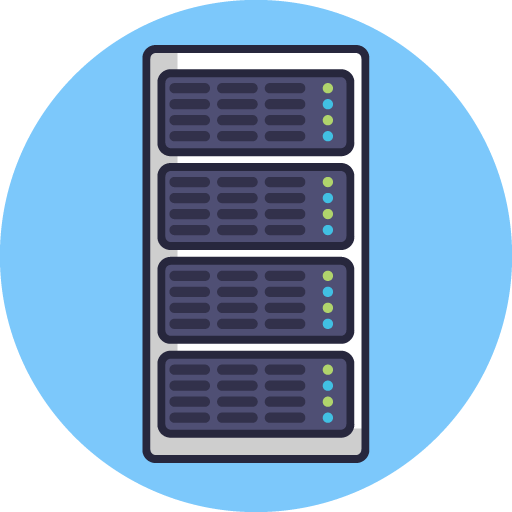
This means making a single machine more powerful by adding things like more CPU cores, extra RAM, or a faster disk. It is often the simplest option and can give an immediate boost in performance for a single database or application. This approach works well when upgrading IT Hardware components such as processors and memory.
The drawback is that there are physical limits; you can only add so much to one machine. It also creates what’s called a single point of failure. If that one machine breaks, everything running on it stops. This is why redundancy is important. Redundancy in this context means having a backup or duplicate system ready to take over if the main one fails. For example, some businesses keep a second server on standby or run mirrored systems so that if one goes down, the other keeps things running smoothly. Without redundancy, scaling up a single machine can put your business at risk of downtime.
Horizontal Scaling (scale-out)
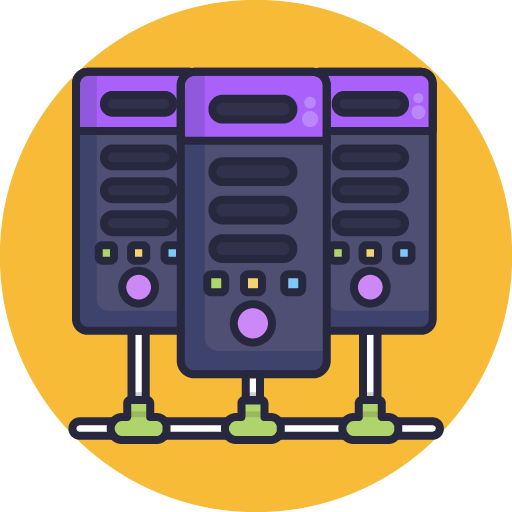
This means adding more machines and spreading the work between them, usually with a load balancer to decide which machine handles each request. It’s the way large systems deal with heavy traffic because you can keep adding servers as demand grows.
Scaling out requires planning, not just in the software but also in how you manage computer hardware for business resources. The big advantage is that it naturally provides redundancy. With several machines doing the same job, if one fails, the others can continue running and keep services online. This reduces the risk of downtime compared to relying on just one powerful machine. The trade-off is that it’s more complex to set up; applications need to be designed to run across many machines, and data must be shared correctly between them. But once in place, horizontal scaling gives both resilience and room for growth.
Storage Expansion (local and networked)
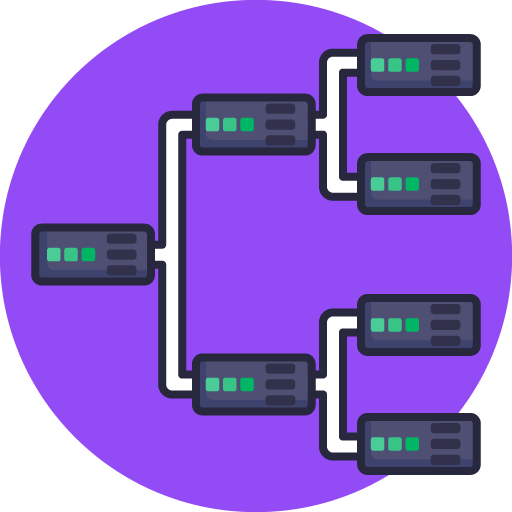
You can add more disks directly into a server, attach network storage (NAS/SAN), or use distributed/object storage like the services offered by cloud providers. Distributed storage is one of the most effective uses of IT Hardware for long-term growth because it spreads data across many machines.
The storage you choose has a big impact on speed and reliability. Fast SSDs (solid-state drives) are excellent for quick lookups and performance-heavy databases, while distributed object storage is cheaper and easier to grow when you need to keep very large volumes of files.
Redundancy is also an important part of storage. Many systems use RAID or mirrored storage so that if one disk fails, another copy of the data is already available. In distributed storage, data is saved in more than one place, so the loss of a single server doesn’t mean losing your files. This makes sure your computer hardware for business keeps running even if part of the system goes down.
Network Upgrades and CDNs
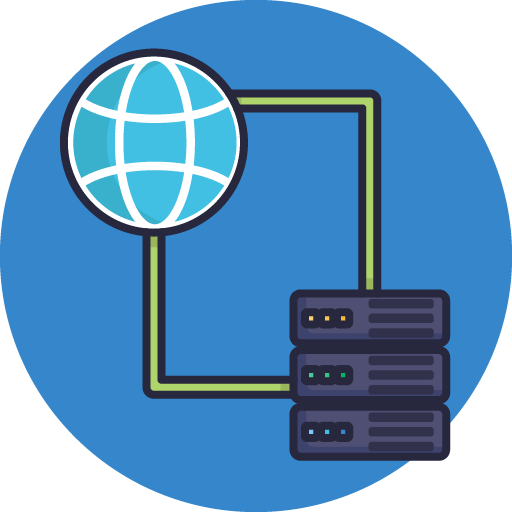
You can improve performance by increasing network bandwidth, upgrading switches and routers, or using a Content Delivery Network (CDN). A CDN stores copies of your files (like images or downloads) in many locations, so users can access them from the closest server. This reduces delay (latency) and allows many people to use your services at the same time without slowdowns.
For businesses, stronger networks and CDNs mean smoother access for staff and customers, especially if you operate across multiple regions. Reliable IT Hardware and smart networking choices ensure your computer hardware for business is prepared for growth.
Virtualisation and Containers
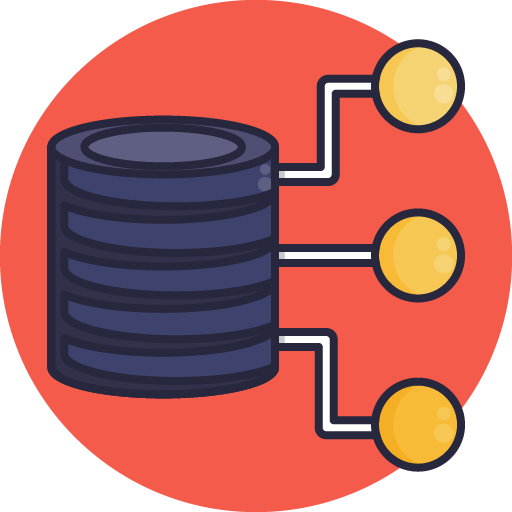
Virtualisation lets you run several virtual machines on the same physical server, while containers (like Docker) make it possible to run smaller, lighter systems that are easy to move around. Containers work well with orchestration tools (like Kubernetes) that can automatically increase or reduce the number of containers depending on demand.
The advantage here is flexibility: you can isolate services, make better use of your IT Hardware, and move workloads between machines when needed. Virtualisation and containers also improve redundancy because if one virtual machine or container fails, others can quickly take over, keeping services available.
Co-location and On-Premises
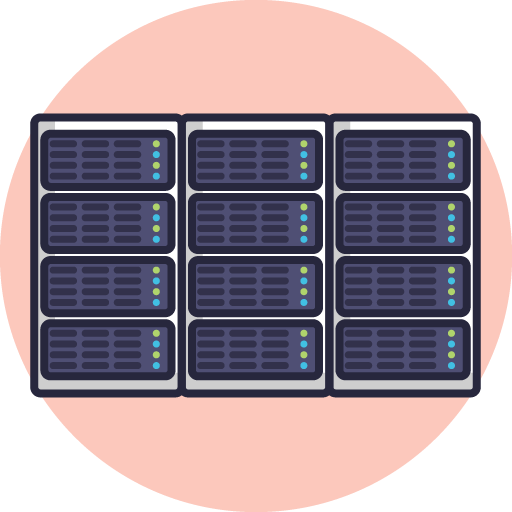
Co-location means placing your own servers in a professional datacentre where they supply the power, cooling, and internet connection. On-premises means keeping the hardware in your own building. Both give you more control and can be useful if you have strict data rules or need very low latency.
The challenge is that scaling usually means buying and installing new equipment, which takes time and money. Redundancy is your responsibility too; for example, making sure you have backup power, duplicate network connections, or spare servers. Businesses relying on computer hardware for business in this way need to plan carefully for failures as well as growth.
Cloud (public, private and hybrid)
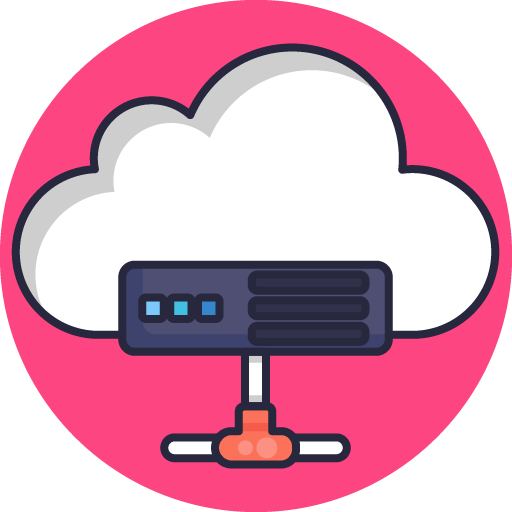
Public cloud providers like AWS, Azure, or Google Cloud let you quickly set up virtual machines, storage, databases, and many other managed services on demand. Even though you don’t see the servers, you are still relying on large amounts of virtualised IT Hardware. A private cloud uses similar technology but in your own datacentre, while a hybrid approach mixes both.
The cloud is popular because it offers fast setup, pay-as-you-go pricing, and built-in redundancy. If one server fails in a cloud provider’s datacentre, another automatically takes over, often without you even noticing. This automatic failover reduces downtime and is one reason many businesses choose cloud services over managing their own computer hardware for business. However, the trade-offs include the risk of becoming dependent on one provider and the need to keep track of ongoing costs.
Edge Computing and Serverless
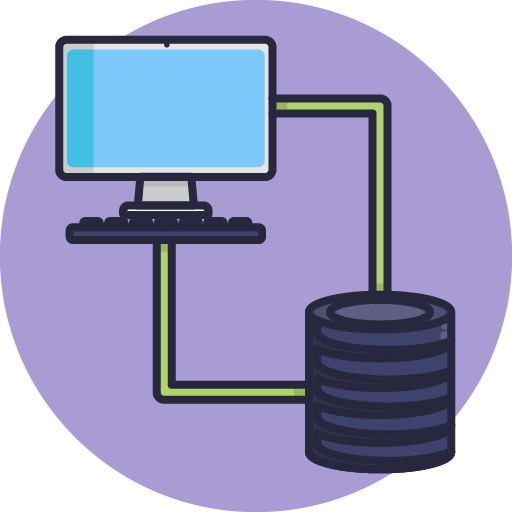
Edge computing places servers closer to your users, which reduces delay and is helpful when very fast response times are needed, such as in IoT (Internet of Things) devices. Serverless computing hides the servers altogether: you simply upload code, and it runs in response to events. The system automatically scales up or down depending on demand.
Serverless is very efficient for unpredictable workloads, since you don’t pay for servers when they’re idle. However, it comes with limits such as shorter running times or memory caps. With both edge and serverless, you’re still depending on underlying IT Hardware provided by a third party, and you need to consider how redundancy is handled to make sure your services stay available.
| Option | What Is IT | Pros | Cons | Typcial Use |
|---|---|---|---|---|
| Vertical (scale-up) | Make one machine more powerful (CPU, RAM, disk) | Simple to implement, quick gains | Physical limits, single point of failure, may need downtime | Databases, single-server apps |
| Horizontal (scale-out) | Add more servers and distribute load | High capacity, resilience, incremental | More complex architecture, data distribution challenges | High-traffic web apps, microservices |
| Storage scale-up | Bigger/faster local disks | Fast for local workloads | Costly at scale, single machine limits | Performance-sensitive DBs |
| Distributed/object storage | Scale storage across many nodes | Cheap, virtually unlimited capacity | Slightly higher latency for small reads | Backups, media, large file storage |
| Network upgrades / CDN | More bandwidth, content caching | Reduces latency, handles spikes | Cost, configuration | Public websites, media delivery |
| Virtualisation / containers | Multiple VMs/containers on hardware | Efficient use of hardware, portable | Operational overhead, orchestration needed | Dev/test, microservices |
| Co-location | Your servers in a datacentre | Control + reliability | Capital cost, management overhead | Regulated data, legacy systems |
| On-premises | Hardware in your office | Full control, data stays local | Slow to scale, high capital expenditure | Sensitive data, low-latency needs |
| Public cloud | Provider hosts resources on demand | Elasticity, managed services, global reach | Variable cost, possible lock-in | Startups, variable demand apps |
| Private cloud | Cloud tech in your datacentre | Control with cloud tools | High cost and expertise required | Large orgs, strict compliance |
| Hybrid | Mix of on-prem + public cloud | Flexibility, best of both worlds | Complexity in management | Gradual cloud adoption |
| Edge / Serverless | Compute near users / functions | Low latency, automatic scaling | Limits and new operational patterns | IoT, event-driven workloads |
The Role of IT Hardware in Business Continuity
Business continuity planning often focuses on backup software and processes, but the foundation is reliable IT Hardware. Downtime caused by failing servers, inadequate networking, or outdated storage can cost more than software errors. For this reason, organisations should regularly audit their computer hardware for business to ensure it meets modern performance and compliance requirements. Proactive investment in scalable IT Hardware reduces risks, protects data, and enables seamless disaster recovery.
Why the Cloud is Often Chosen Now
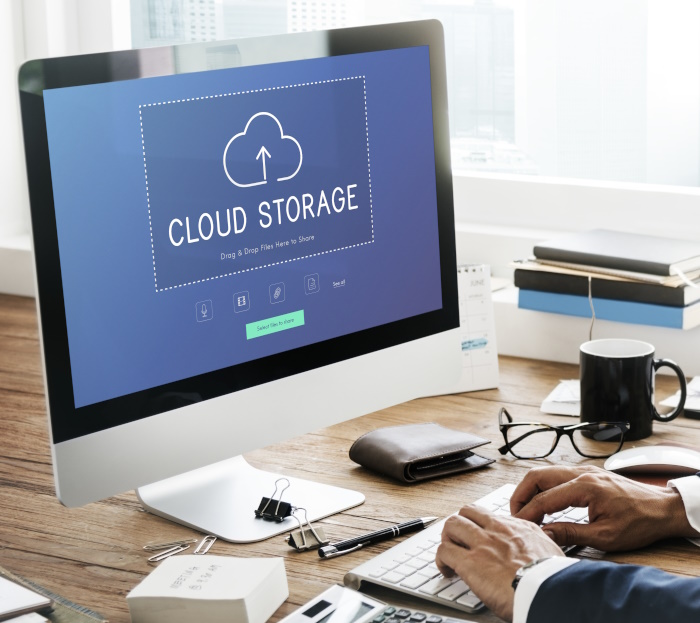
Many businesses choose public cloud because it removes the need to buy and install physical servers, and it offers quick elastic scaling: when demand rises, the cloud can add capacity automatically; when demand falls, you stop paying for extra resources. Cloud providers also offer managed services (databases, caching, serverless functions, monitoring) that reduce the amount of specialist staff you need. For many growing businesses the ability to go from idea to production quickly and to handle spikes without costly up-front investment; makes cloud an attractive option.
That said, cloud is not always the right choice. If you have strict data residency rules, consistently very high and predictable workloads (where owning hardware becomes cheaper long term), or very specific latency requirements, on-premises or co-location may make more sense. Hybrid models let you keep sensitive data local while using the cloud for burst capacity.
Practical IT Hardware Considerations for Computer Hardware for Business
When planning IT hardware scalability, you should look at:
- Cost (CapEx vs OpEx):
- Capital Expenditure (CapEx) means spending money upfront on physical assets such as servers, storage devices, and networking equipment. These purchases are treated as long-term investments but require higher initial budgets.
- Operational Expenditure (OpEx) refers to ongoing costs for services such as cloud hosting or managed IT services. You pay as you go, which can make costs easier to predict and scale, but they continue over time.
- Time to provision: How quickly you can add or upgrade hardware when demand increases.
- Redundancy and failover: Ensuring there is backup equipment or systems ready to take over if something fails.
- Data residency and compliance: Making sure your data is stored and processed in locations that meet legal and regulatory requirements.
- Physical constraints: Space, power, and cooling available in your office or data centre.
- Skills required: Whether your team has the expertise to manage and maintain the chosen solution.
Choosing the right IT hardware strategy will determine how resilient your systems are. Think about peak demand as well as day-to-day demand and plan for backups and disaster recovery. Scaling without building in resilience can create new risks.
Future Trends in IT Hardware Scalability
As technology evolves, so do expectations for IT Hardware. AI-driven optimisation, energy-efficient processors, and modular designs are reshaping computer hardware for business. Businesses that plan for these changes today will find it easier to adapt tomorrow. Emerging models like hyper-converged infrastructure and disaggregated servers highlight how IT Hardware can be both flexible and cost-effective while supporting new digital initiatives.

Conclusion
Hardware scalability is the foundation of a reliable IT system. Whether you scale vertically, horizontally, or through the cloud, your choice should reflect today’s needs as well as your future business growth.

At BSPOKE Software, we don’t provide IT hardware as a general service. Instead, we offer a full digital transformation that includes the setup of hardware and hosting that is necessary to support the software solutions we build for our clients. By connecting the right hardware with our bespoke software, we make sure your systems work together seamlessly, giving you the performance and reliability your business needs.
Alongside our custom software, we can also provide the essential IT Hardware and hosting needed to support your system:
- ✔️ Mobile devices, tablets and phones
- ✔️ Cloud hosting
- ✔️ In-house servers and networking setup
- ✔️ Desktop PCs and laptops for business use
- ✔️ Barcode scanners and receipt/label printers
- ✔️ Secure backup and storage solutions
- ✔️ Software, database and web hosting and server maintenance tailored to your solution
- ✔️ Arduino-based hardware for machinery and manufacturing solutions
Investing in scalable IT Hardware ensures your software can run at its best, keeping your business operating smoothly during busy times, future expansions, and unexpected challenges.
👉 If you’d like to discuss how BSPOKE Software can design a tailored software and hardware solution for your business, get in touch with us today.

